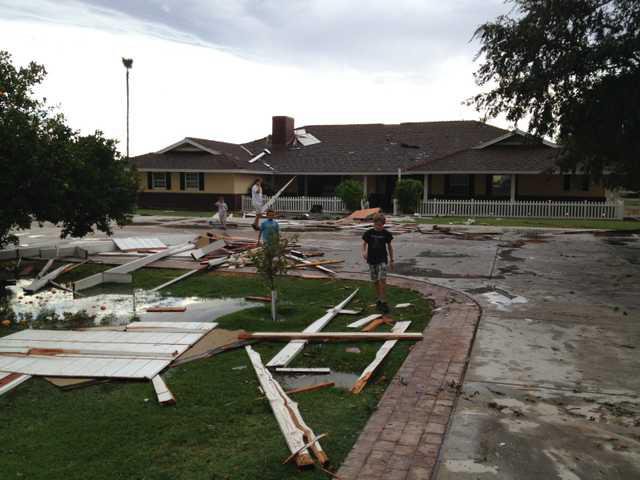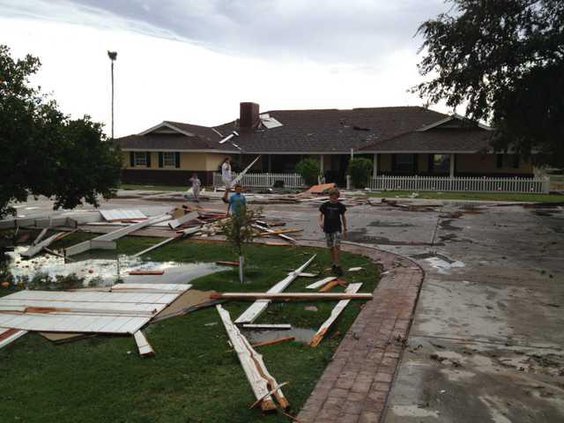![]() Most days I read a newspaper and, on convenient nights, my husband, Grit, and I watch the news. Lots of bad stuff happens. The bigger the “wow” factor, the more coverage stories get. The more shocking the stories, the more we watch and think, “Wow, sure glad that wasn’t me!”
Most days I read a newspaper and, on convenient nights, my husband, Grit, and I watch the news. Lots of bad stuff happens. The bigger the “wow” factor, the more coverage stories get. The more shocking the stories, the more we watch and think, “Wow, sure glad that wasn’t me!”
We recently felt joy as we helped move our son Jim and his little family safely to Gilbert, Arizona (see "Moving — a life-changing event for all"). They arrived on a Monday. Between Jim orienting himself to his new job and Shamberlin dealing with the family and both trying to unpack boxes, they hadn’t made much progress but they were feeling more comfortable.
Six days later after church on Sunday, they buckled all the kids in their car planning to visit our son Tom’s family in Mesa. It was windy and rainy as Jim backed the car out of the garage into the front driveway.
Suddenly the car shook and they heard a horrendous noise. Then they watched as their entire 60-foot back porch that had been lifted like an umbrella by a microburst came over the top of the house landing just feet away from the car. A piece of the debris hit their car window cracking it with a frightening thud but blessedly not breaking through.
I asked Jim later if the kids were traumatized. With a laugh, he said, “No.” Wesley and baby Emie who had fallen asleep while the car was being loaded and slept through it, but 8-year-old Cyrus and 5-year-old Cal thought it was the coolest thing they had ever seen. I believe Cy’s comment was, “It was awesome!”
Boys! The louder the noise, the better the experience.
Because the porch had been attached to the house and the roof and a skylight broke, rainwater poured in. It flooded the basement as well, rendering their home unlivable.
Now, instead of enjoying their new home, they are dealing with insurance adjustors and moving yet again. They are forced to make decisions on tile, carpets and paint to restore the house for which they are unprepared.
The upside of the situation is more of the debris didn’t fall on the car. No matter how irritating and inconvenient life has become, that really is the bottom line. They are grateful that all their family members are alive and uninjured, even if it was only by a few feet they were spared.
Another big positive, they had insurance.
They were able to stay with Tom and Stacy, and their children played with cousins for a whole week.
They were also fortunate to be able to rent a home just two houses down the street, allowing Shamberlin to put 3-month-old baby Emie in a stroller — not a car seat — as she goes each day to check on progress. Now, the boys can start school and not be uprooted again.
Small things add up helping to put life back in perspective.
Unwanted trauma happens to people all over the world every day, but we never think it will happen to us, cockeyed optimists that we are. We don’t like to face our vulnerability.
Remember when you were a kid and wouldn’t step on a crack for fear you’d break your mother's back? We were aware bad things happened and thought by jumping that crack we could avoid some bad luck.
Jim and Shamberlin’s was the only house in their neighborhood damaged by the microburst. Others had a tree damaged here and a fence down there, so it really can’t be termed a disaster. It was a blip on the radar compared to unspeakable events that occur. One little family’s problem and the incident didn’t make the newspaper or the evening news.
But it certainly was calamity enough, and they hope, like lightning, microbursts don’t strike twice in the same place.
Email: sasy273@gmail.com








